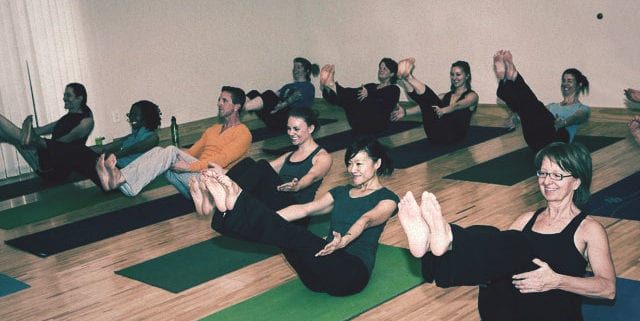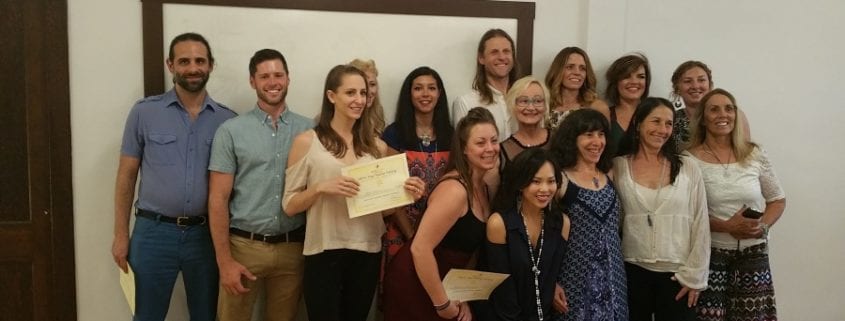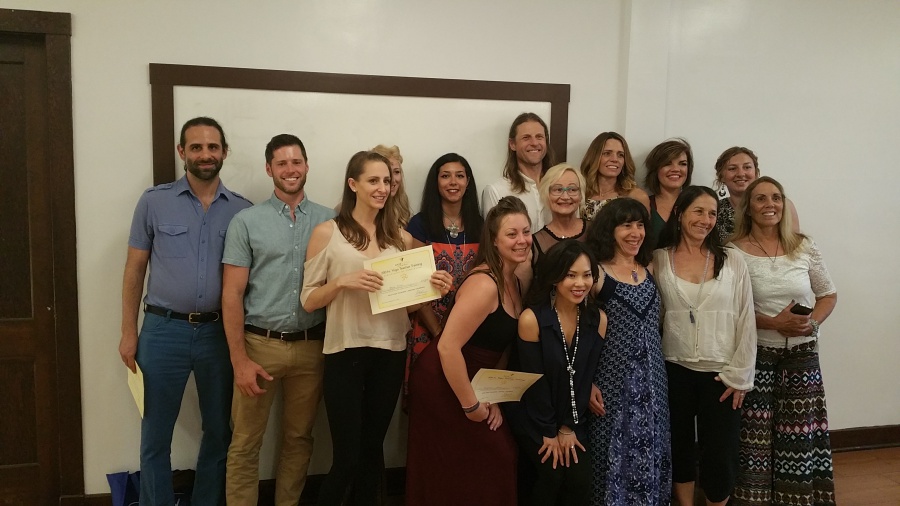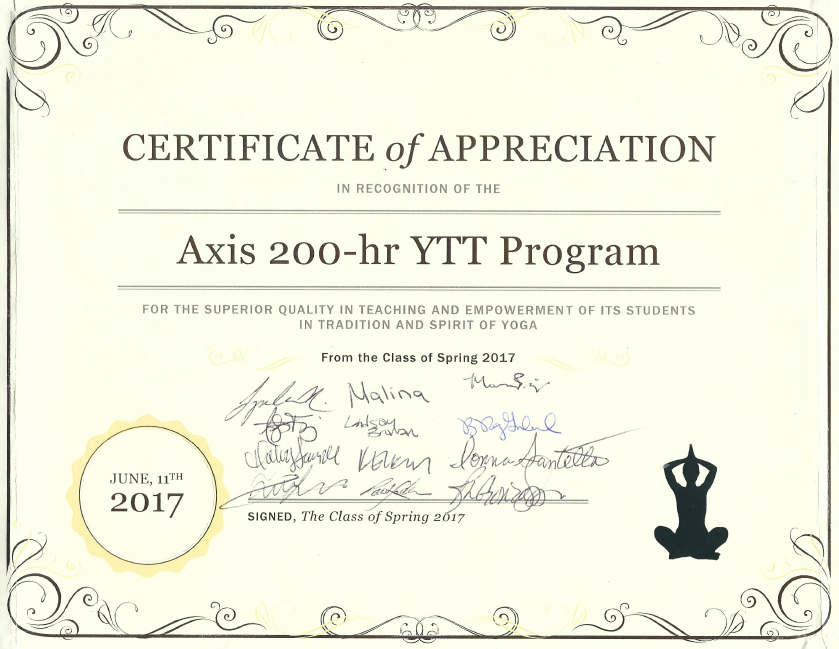I like to tell people that yoga is born out of adversity and a deep desire to know the truth. Yoga is just as much about understanding our darkness as it is about understanding our light. It teaches how to navigate the valleys and climb to the peaks; without one you could not have the other.
No matter how much we may try to avoid misfortune or feelings of distress they find a way to creep into our life. Distress comes in many forms: a broken relationship, a parking ticket, political change, losing your job, ill health, even death. It is natural to want to avoid these kinds of experiences.
Conversely, life can be full of positive and enriching experiences. This can look like material success or healthy relationships for example. It is natural to want to covet these types of experiences despite their fleeting nature.
Ultimately yoga encourages us to move past identification with negative or positive experiences and find a source of lasting peace within, unconditioned by outer events.
Most of us are probably not there yet. Most of us still react unfavorably when the world does not conform to our expectations or get carried away when good fortune comes, secretly clinging to the hope that it will never go away.
How do we navigate the ups and downs of life and find lasting fulfillment?
Here are three suggestions:
1. Personal Responsibility
Yoga teachings embrace the notion of karma. Briefly, the word karma refers to the act of doing something (either negative or positive) and the subsequent negative or positive result, all within the same word or notion.
Just as there is an ecology to the orbit of the earth around the sun, weather patterns, and growing a healthy garden, so to there an ecology to our actions.
Nothing in the creation happens in isolation, it is all interconnected. The fabric of life responds to and influences our conditioning, choices, actions and circumstances.
It is easy to condemn outside forces and neglect asking what our role might be in the situation.
- “My coworker Fred is the source of all my suffering!”
- “I loaned all of my money to my mob-syndicate uncle who never paid me back -what a jerk! ”
- “It’s the president of the United States fault that the world is so messed up!” (okay, maybe this one is true).
Jokes aside, we are literally at the center of our life experience. How we feel and think about a situation happens inside of our skin and mind. The onus is on us to face our circumstances and choose the healthiest actions and perspectives, even if it is difficult at times. Ultimately, this will set us free.
If we relegate the responsibility of our life to the outside world we are destined to be disappointed.
2. Be Kind to Others
Yoga is no different than any other form of personal enrichment in that it can become a form of spiritual narcissism and we forget about the plight of others. Everyone else has experienced or is experiencing some form of hardship, it is one of the uniting features of humanity.
This becomes particularly important when working with people who may rub us the wrong way. How can we clearly see our own shadow in response to their actions, without getting triggered and resentful in the process, thereby perpetuating the cycle of negativity?
I’m not suggesting that you become a doormat or that you should become the next Mother Teresa. I’m asking how we can create space around an ingrained “Me” orientation, and become more capable agents of good in the world in the process.
3. Regular Yoga Practice
If you have gotten this far in the article, you understand the value of dedicated yoga practice. As my teacher once said “If you work on yoga, yoga will work on you.”
Cultivating ‘personal responsibility’ and ‘being kind to others’ does not have to be another hard fought battle. Regular yoga practice helps to foster these qualities so that they come more naturally.
Developing our capacity for great dedication and compassion is a gradual but inevitable process that stems from regular practice. In order for the practices to work, you have to do them. There does not seem to be anyway around that. Developing a home practice will benefit you in many, many ways. In the quiet of your candle lit basement you will cultivate wisdom and insight.
Practicing with others can also be beneficial. Particularly when done in a concentrated setting like a ytt or retreat. Practicing in these environments builds a collective power that is greater than the sum of its parts and can take your practice to the next level.
Conclusion
Learning how to navigate the inner forces of dark and light is a lifelong process of investigation and discovery and requires ongoing effort. Yoga can greatly accelerate that journey and empower us to face what is in front of us and extend positive regard to others along the way. Yoga is a way of life that draws out the very best within us, the fruit of which is lasting peace.










